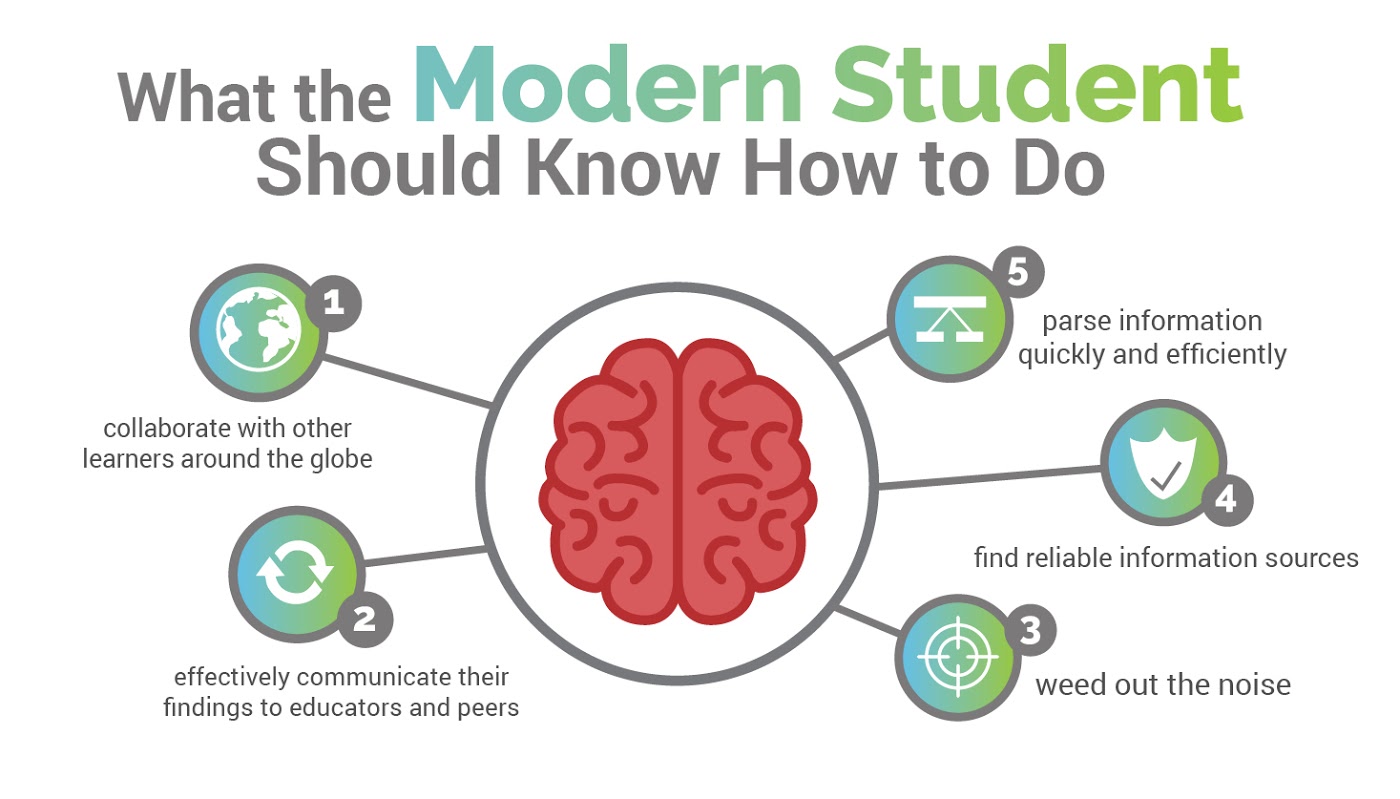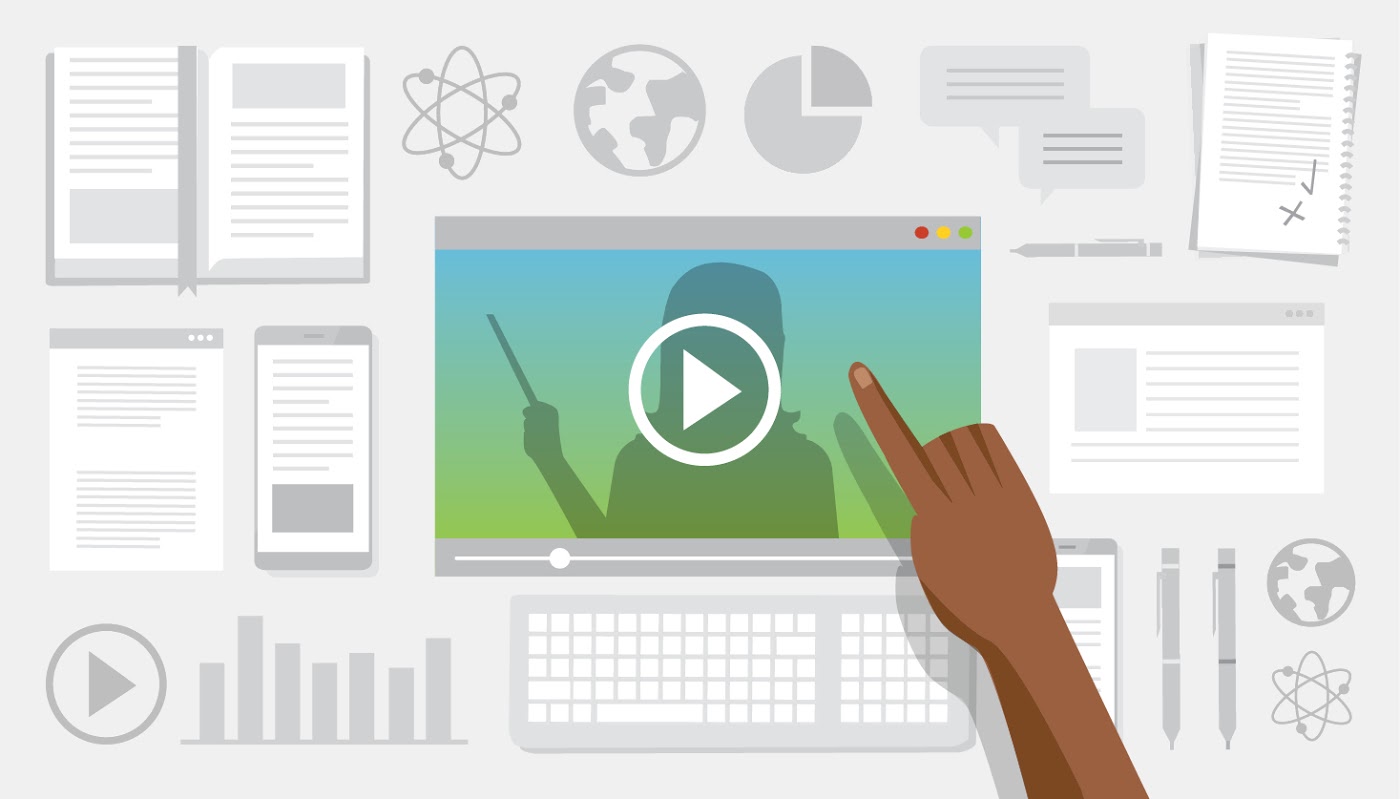It’s often hard to remember that the World Wide Web has only been around for 25 years. In that short amount of time, so much of the way we work, play, and communicate has changed. One of the biggest impacts we’ve seen is how the application and accessibility of information has driven the student journey. From online courses and degrees to crowd-sourced and gamified educational environments, there has truly been a learning revolution.
Reducing the evolution of the student journey to improved technology is dangerous; we’re finding that actively blending the new and old is having a bigger impact on learner outcomes that either ever have alone.
~ Gurmukh Singh, CMO Skill-Up Technologies
Thirty years ago, if you wanted to learn more about a topic, you turned to a library. You may have even consulted an encyclopedia. Either way, by the time you were doing your research, there’s a good chance that the information was already out of date. Country borders and names constantly shift, science and technology change by the minute, and even the meanings of words evolve over time. Today, you no longer need to find your way to a library, hope they have the book(s) you need, and rely on outdated sources. The rise in connected, digital technologies mean that you have access to the most current information, all the time, wherever you are, via devices so small they can fit in your pocket.
These changes in technology have brought about changes in learning and the reality is that today’s learners expect more. Educators need to find ways to keep up. Students expect:
- Dynamic information that reflects the latest news and research
- Accessibility regardless of device, location, or time of day
- Rich media content that engages, interacts, and even entertains
- Nimble systems that are able to adapt when students aren’t showing proper mastery

But it goes beyond that. You likely remember memorizing formulas and theorems, dates and names, and all manner of other information during your time in school. Realistically, though, if you can simply search for this information on demand, is it still necessary to try to retain all this minutiae? What if, instead of rote memorization, we teach students to find and process they information they need as they need it? With the breadth of knowledge available at our fingertips, students may no longer need to spend their time worrying about regurgitating facts and figures. Instead, they need a new set of skills.
Modern students need to know how to
- find reliable information sources
- weed out the noise
- parse the information quickly and efficiently
- effectively communicate their findings to educators and peers
- collaborate with other learners around the globe
This radical shift carries students and learning for the first time away from the top-down learning model we have relied on for thousands of years, to one of distributed knowledge. It’s an exciting change, as it makes learning more accessible to those with different learning styles, abilities, and geographic location. But it also means changing the way we look at what we teach and how we teach it.
The next 25 years may or may not be quite as revolutionary as the last, but it is certain that the way we educate will continue to evolve as we strive to catch up with changes that have already taken place. It is indeed time that our education philosophies and approaches start to more closely reflect the body of students we are trying to teach.


